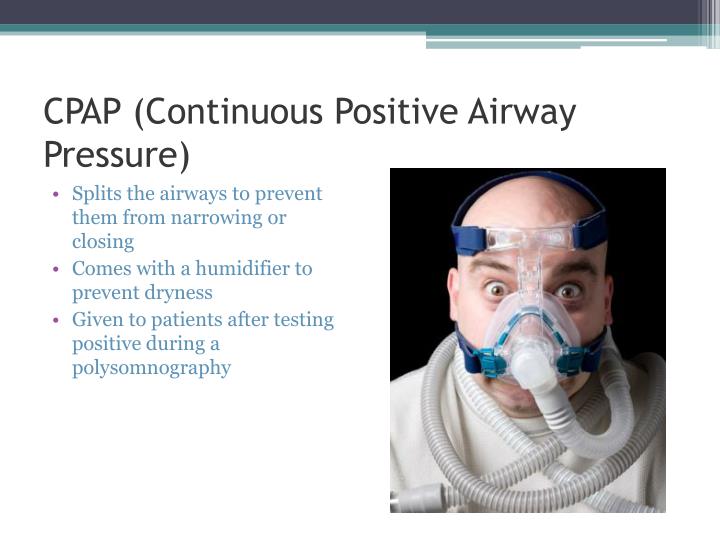Mechanism of action of continuous positive airway pressure therapy iv
Table of Contents
Table of Contents
Do you often wake up feeling tired and groggy, with a headache and a generalized feeling of discomfort? Do you find it hard to concentrate and stay focused during the day? You might be suffering from sleep apnea, a common sleep disorder that affects millions of people worldwide. Luckily, there is a solution: Continuous Positive Airway Pressure (CPAP) therapy, combined with proper sleep hygiene tips, can help you improve your sleep quality and overall health.
Understanding Pain Points Related to CPAP Therapy and Sleep Hygiene Tips
Continuous Positive Airway Pressure therapy is an effective treatment option for sleep apnea, but that doesn’t mean it’s always easy or comfortable to use. Many people struggle with the loud noise of the machine or find it uncomfortable to wear the mask all night long. Additionally, many people with sleep apnea also struggle with other sleep hygiene issues, such as difficulty falling asleep or staying asleep, or not fully relaxing enough to allow for a deep and restful sleep.
What is the Target of CPAP Therapy and Sleep Hygiene Tips?
The goal of CPAP therapy and sleep hygiene tips is to help people with sleep apnea to breathe more easily and deeply during the night, allowing for a better quality of sleep overall. Additionally, by practicing good sleep hygiene, individuals can create a more conducive environment for sleep, improving their overall energy levels and health.
Summary of Main Points Related to CPAP Therapy and Sleep Hygiene Tips
Continuous Positive Airway Pressure therapy combined with proper sleep hygiene tips can help individuals with sleep apnea breathe more deeply and restfully at night, leading to improved energy levels and overall health. However, it’s important to understand the pain points associated with CPAP therapy and other sleep hygiene issues in order to find the right balance for each individual.
Continuous Positive Airway Pressure Therapy and Sleep Hygiene Tips
I remember the first time I tried using a CPAP machine - I was intimidated and a little bit skeptical about whether or not it would actually help me sleep better. However, after the first few nights of using the machine, I noticed a remarkable difference in the quality of my sleep. I no longer woke up feeling groggy or irritable, and I was able to stay focused and alert during the day.
Combined with good sleep hygiene tips, such as reducing screen time before bed, establishing a regular bedtime routine, and creating a comfortable sleeping environment, CPAP therapy allowed me to finally overcome my sleep apnea and enjoy restful nights of sleep.
Sleep Hygiene Tips and Relaxation Techniques
Another important aspect of sleep hygiene is relaxation. Many people with sleep apnea struggle to fully relax and unwind in order to allow their body to enter a deep sleep state. Practicing relaxation techniques such as deep breathing, meditation or even gentle yoga can help individuals with sleep apnea to calm their minds and bodies before bed, allowing for a better quality of sleep overall.
The Importance of Proper Sleep Position for CPAP Therapy
In addition to using a CPAP machine and practicing good sleep hygiene habits, it’s important to also consider the proper sleep position. Sleeping on one’s back can often exacerbate sleep apnea symptoms, as the tongue and soft tissues in the throat can fall back and block the airway. Switching to side-sleeping can be an effective solution, as it allows for better air flow and reduces the risk of obstruction.
CPAP Therapy and Good Sleep Habits - Question and Answer Section
1. How can I make wearing a CPAP mask more comfortable?
There are a few tips and tricks that can make wearing a CPAP mask more tolerable, such as loosening the straps slightly, using a cushioned mask pad, or using a heated humidifier to add moisture to the air.
2. Will CPAP therapy really help me sleep better?
Yes, CPAP therapy is an effective treatment for sleep apnea and can lead to improved sleep quality and better overall health. However, it may take some time to adjust to using the machine and finding the right settings that work for each individual.
3. What is the best sleep position for individuals with sleep apnea?
Sleeping on one’s side is often the best position for individuals with sleep apnea, as it allows for better air flow and reduces the risk of obstruction in the throat. Using a body pillow or other support can help to keep individuals in the proper position throughout the night.
4. How can I establish a better bedtime routine?
Establishing a regular bedtime routine can help individuals with sleep apnea to wind down and prepare for sleep each night. This routine might include activities such as taking a warm bath, doing some gentle stretches or yoga, or reading a book in a dimly lit room.
Conclusion of Continuous Positive Airway Pressure Therapy and Sleep Hygiene Tips
By combining the use of a CPAP machine with good sleep hygiene habits such as avoiding caffeine and alcohol, creating a dark and quiet sleeping environment, and practicing relaxation techniques, individuals with sleep apnea can improve their overall quality of life and enjoy restful nights of sleep.
Gallery
Mechanism Of Action Of Continuous Positive Airway Pressure Therapy IV

Photo Credit by: bing.com / airway pressure positive continuous therapy iv
Continuous Positive Airway Pressure Therapy | Nursing Information

Photo Credit by: bing.com / pressure positive airway continuous education health nursing information therapy choose board
Continuous Positive Airway Pressure (CPAP) Devices Market

Photo Credit by: bing.com / pressure positive airway continuous cpap devices types market machine breathing bipap different insights premium press release
What Is Continuous Positive Airway Pressure Therapy? | GenesisCare

Photo Credit by: bing.com / continuous airway positive pressure
Continuous Positive Airway Pressure | Treating Sleep Apnea - YouTube

Photo Credit by: bing.com / airway positive pressure continuous



